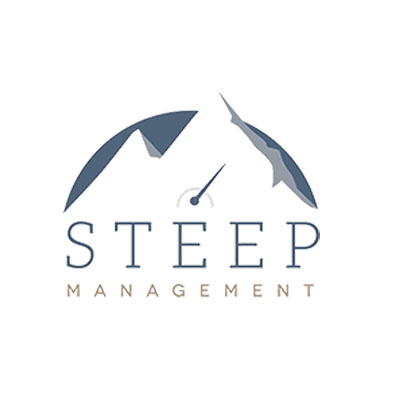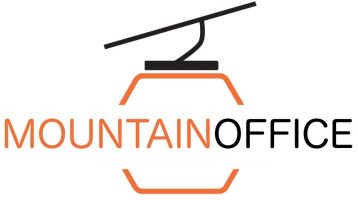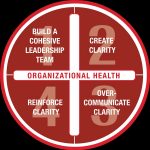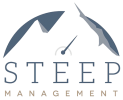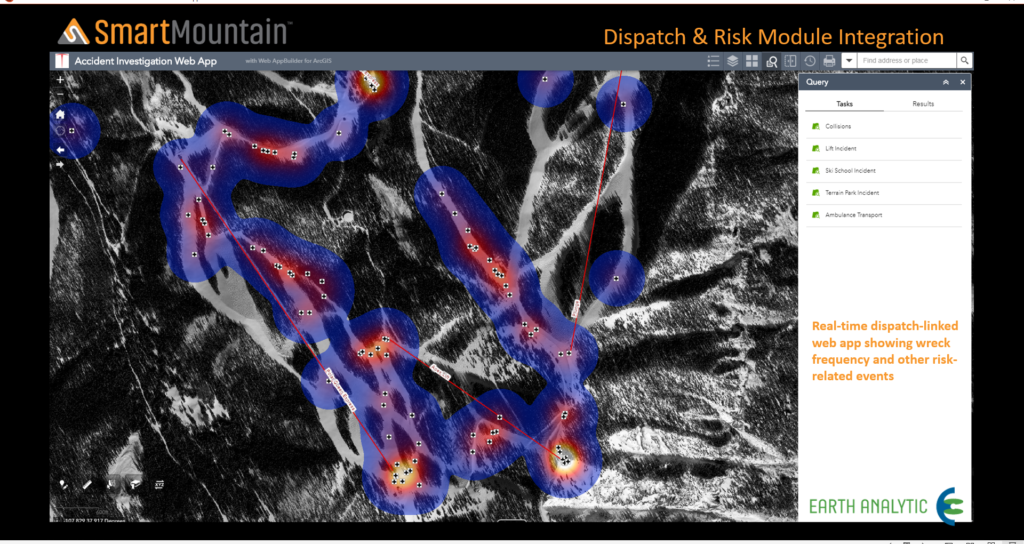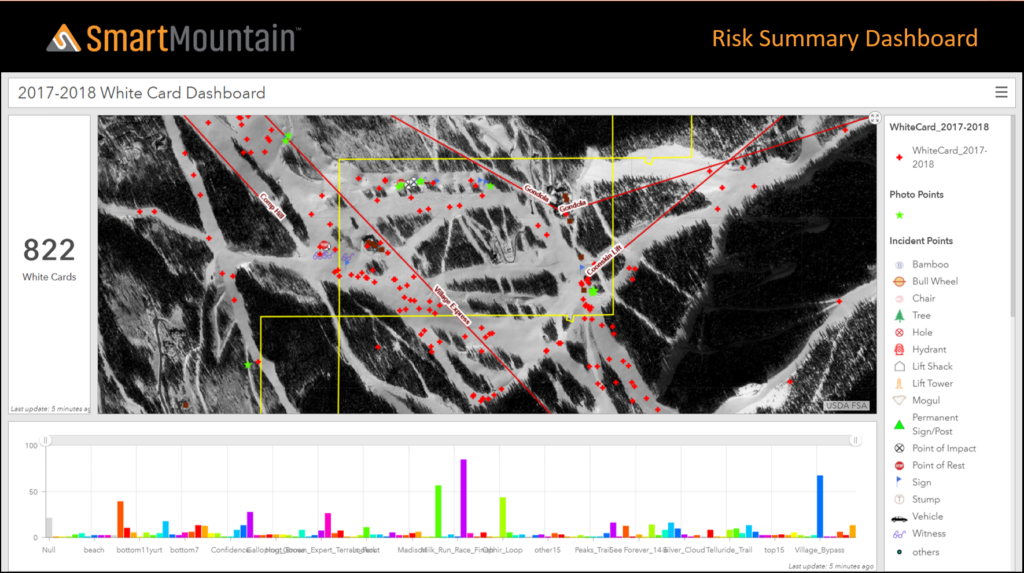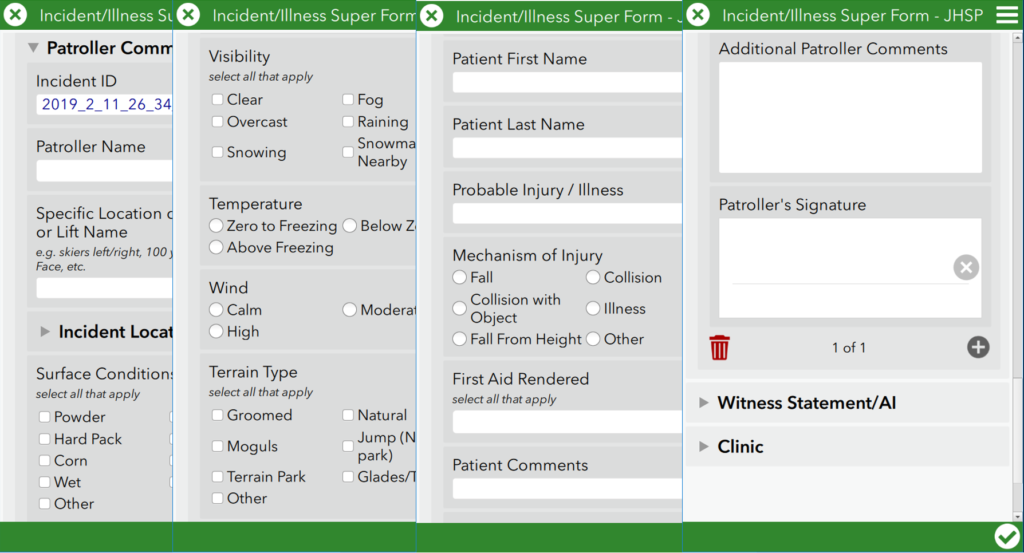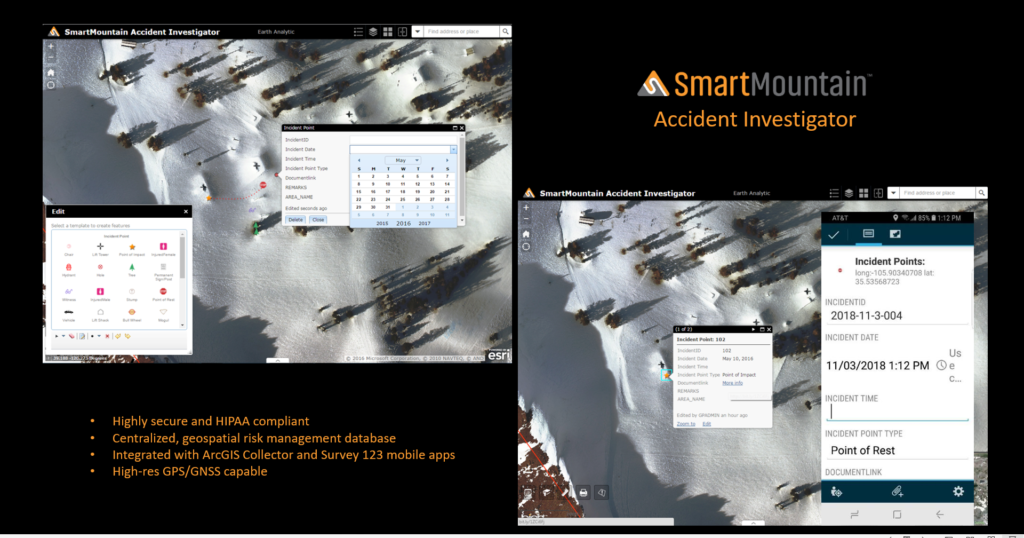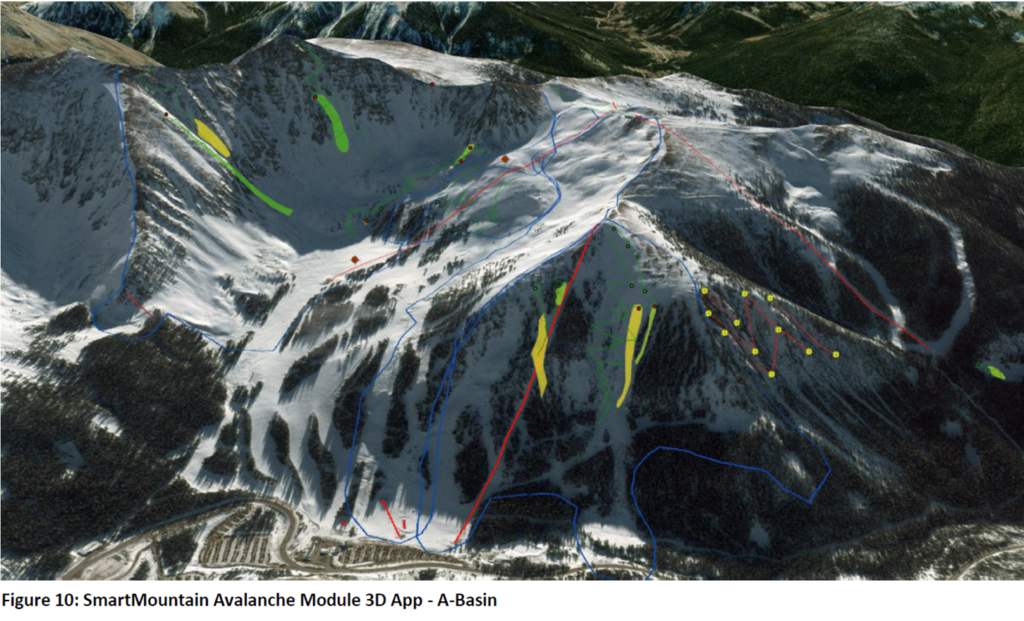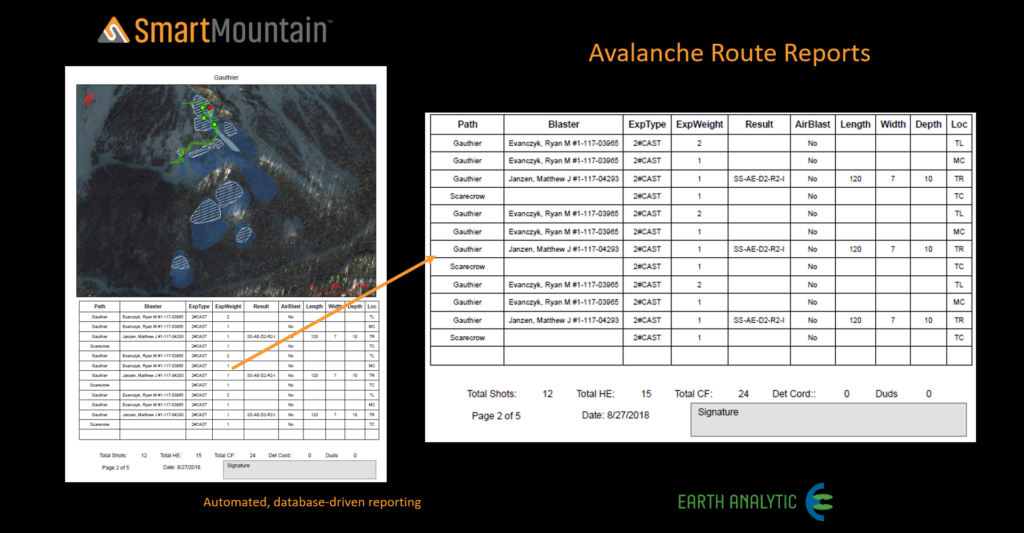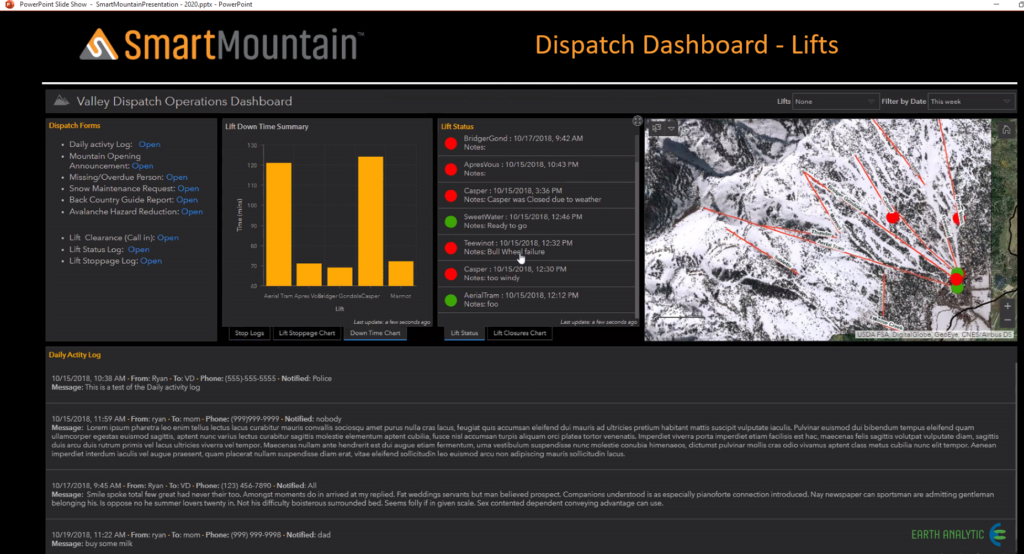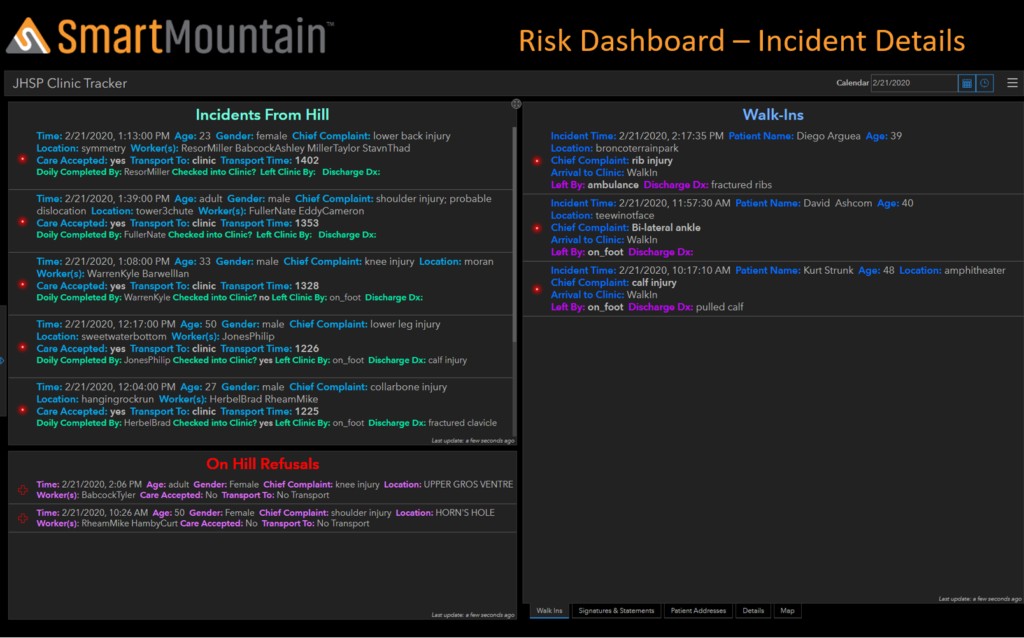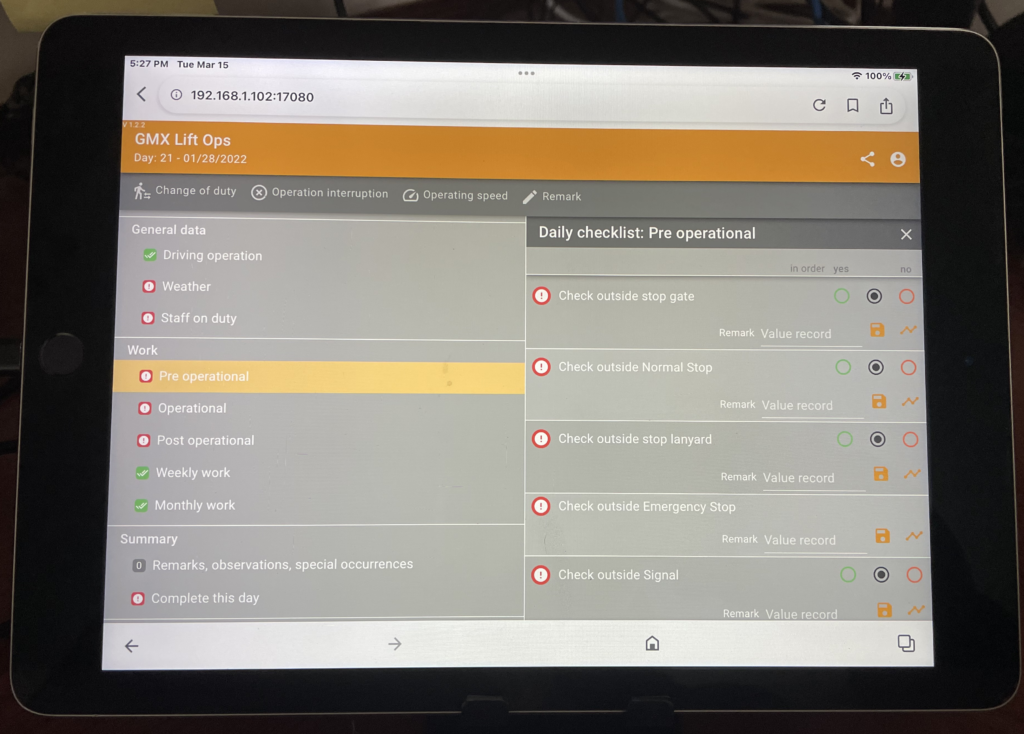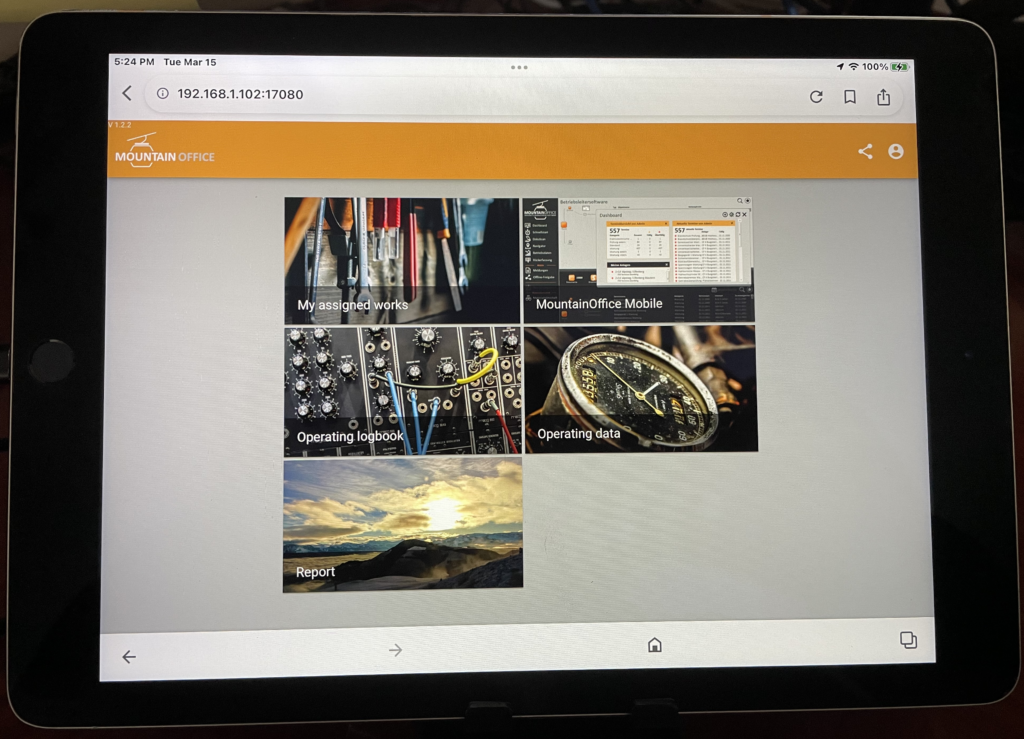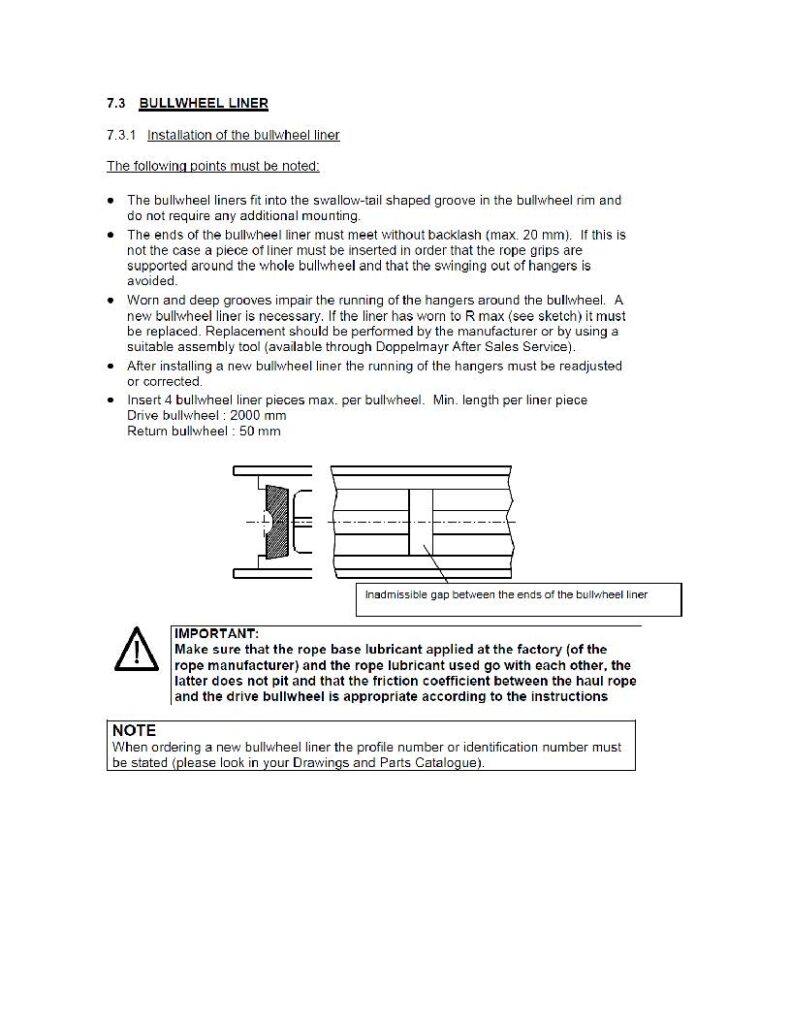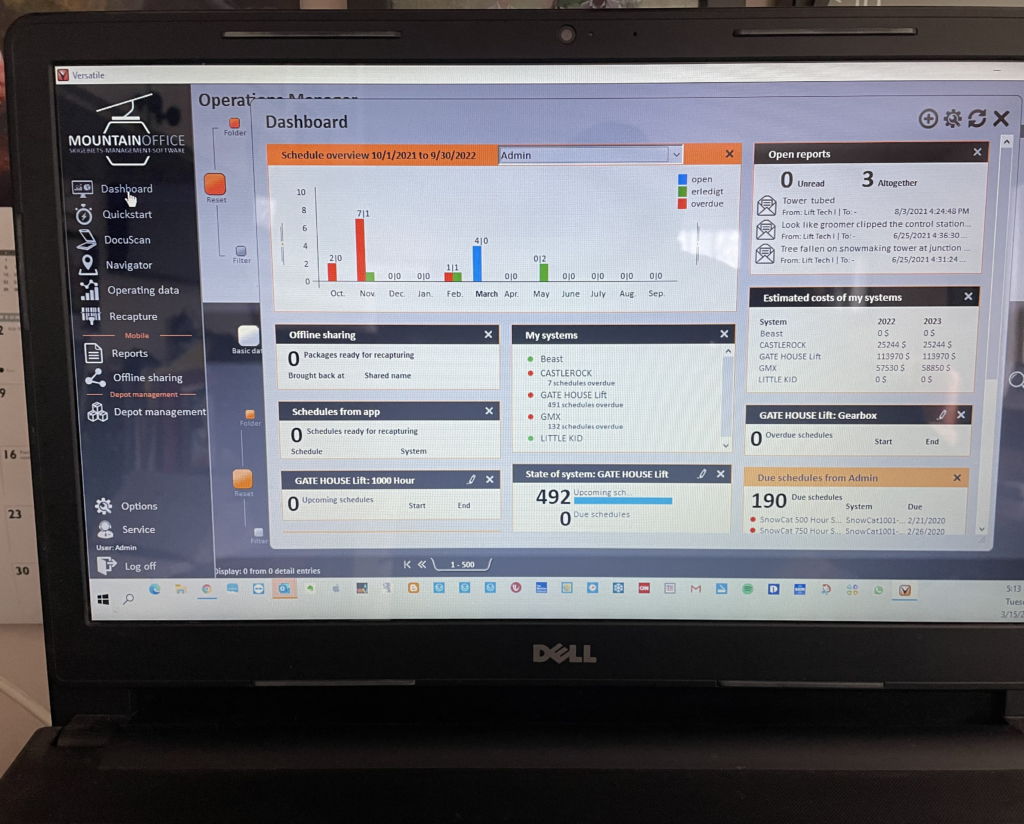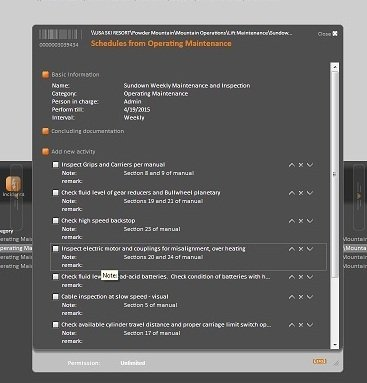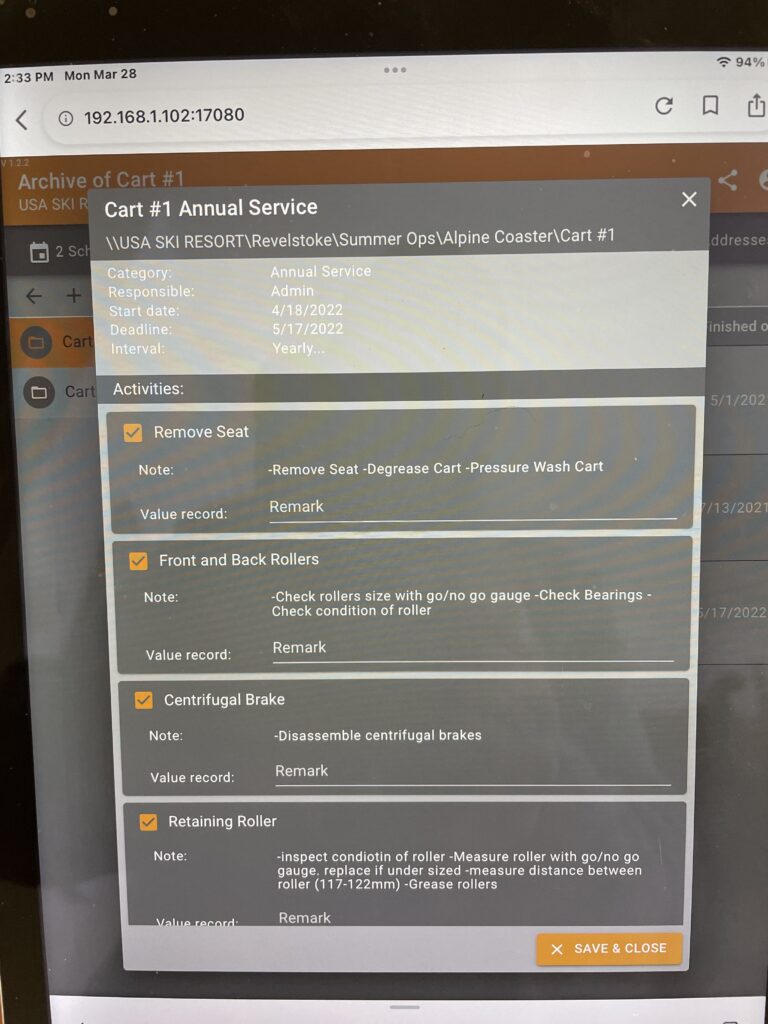From the perspective of training people to use the software I sell for mountain operations at ski areas, MountainOffice and Medic52, the success of your decision to install a technology or any tool depends significantly on how you handle the transition from where you are today to where you want to be. This challenge can exist with any change in the status quo. While managing change is not brain surgery, it does require some thought and planning to enable execution.
To some extent the success of current technology misleads people to think it is just a plug and play when installing software. Usually, it is much more than just load it, and off we go. The workflow that people have been following is going to be altered to some extent or maybe extensively.
I have come across an appropriate article/blog that makes salient points towards making the installation or use of a new tool more successful. The article is from AchieveIt.com – I’ll share the link at the end of this piece. In some respects, the material is not addressing the point I am making, but if you consider installing software or utilizing a new tool, the advice offered in this article is very appropriate.
Let’s review:
Involve employee in any change – sound advice in all that you do, but for those who try to push down change or a new process, you asking for failure. Employees need to know WIIFM (What’s in it for Me). Getting staff buy-in is vital to the success of the change or project.
Reduce change failure due to competing priorities – makes sense, don’t ask too much – handling change with everyday responsibilities is hard enough, don’t add more than can be handled comfortably. This means thinking about when to implement change, especially in the ski industry, not on Christmas week.
Support change with proper planning, processes, and incentives – once a decision is made, the planning phase begins looking at what needs to happen when, the interdependencies and who needs to be included in the process. No matter how small the change may be, have some checkpoints in the process, so there is a review to make sure things are on track.
Remember, you might have the best process but if there isn’t buy in during the execution of the change, the change will be very challenging.
Successful execution starts with a positive culture within the organization. This is a general rule, meaning no matter whether you are dealing with the execution of a strategy or just an implementation of a policy change, a positive culture enables success The culture conversation is a much broader one, but it is one that can assist you in improving your performance, financial and strategic.
Here is link to full article from achieveit.com: http://www.achieveit.com/resources/blog/3-ways-to-enhance-execution-through-culture/
